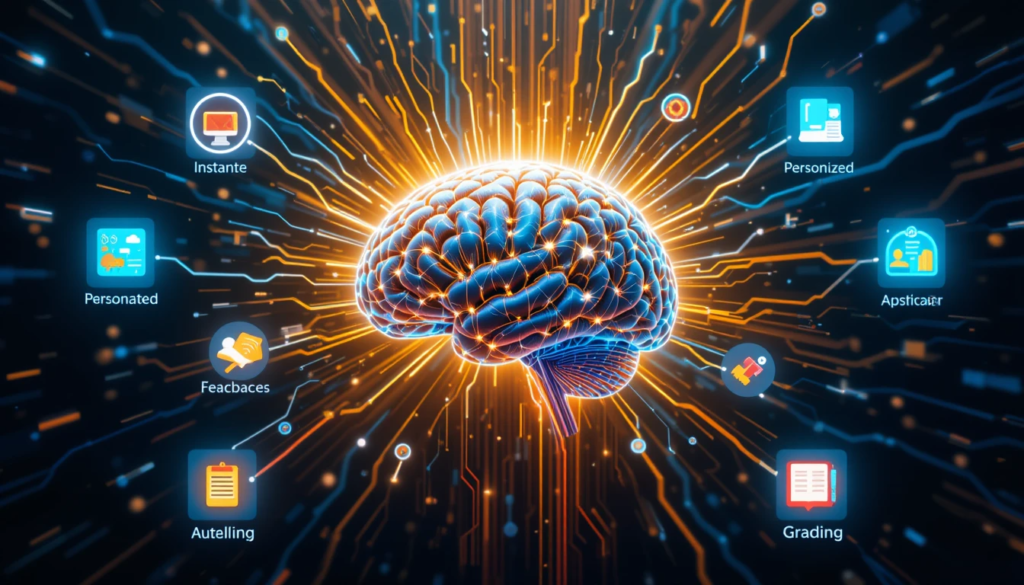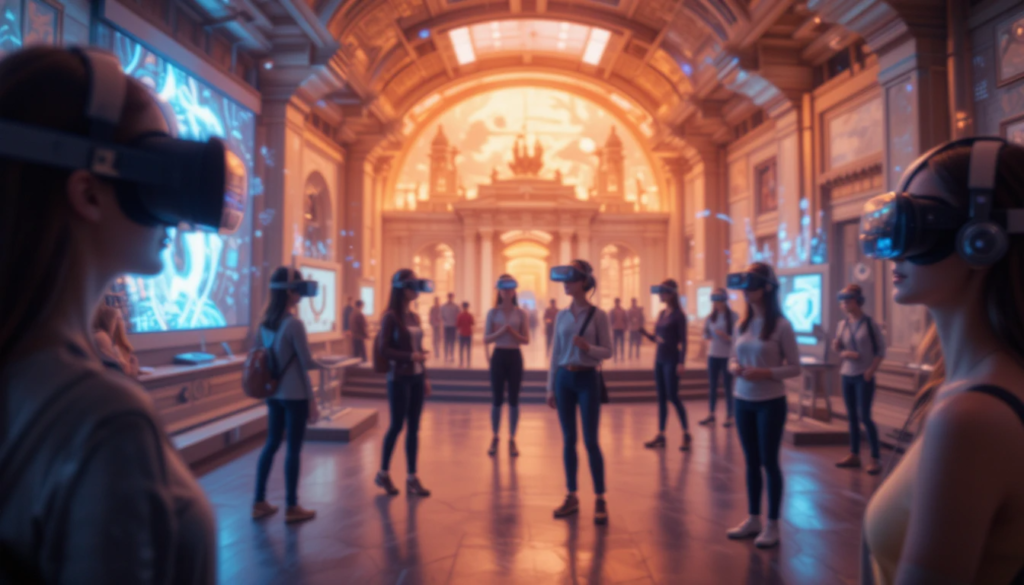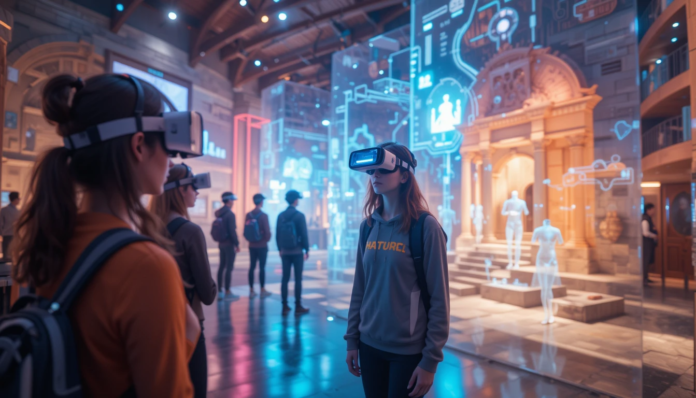EdTech innovations are my lifeline and my curse, yo. I’m typing this in my tiny Denver apartment, surrounded by empty Mountain Dew cans, a pile of textbooks I haven’t cracked, and a sink full of dishes I swore I’d do last weekend. My cat’s swatting at a stray USB drive, and my phone’s buzzing with app notifications I’m too stressed to check. I’m 30, grinding through community college part-time while working retail, trying to use educational technology to not flunk my classes. Here’s my sloppy, embarrassing take on EdTech innovations shaping the future of learning in 2025, with all my dumb tech fails and classroom tech tips I’ve learned the hard way.
Why EdTech Innovations Are My Love-Hate Jam
I’m legit awful at keeping up with future of learning tech. I once joined a virtual class on Zoom, forgot to mute, and my prof heard me yelling “WHY WON’T THIS APP WORK?” Total cringe. But EdTech innovations are a game-changer for students. I read on EdSurge that tech can boost student engagement by 20%, which is enough to keep me from dozing in class. These learning apps tips are my attempt to stop my grades from being a total dumpster fire.

My Best EdTech Innovations for Future Classrooms
Here’s my list of EdTech innovations that keep me from tanking in school. I’ve tried ‘em, screwed ‘em up, and learned a bit.
- AI Tutors (like Socratic): AI explains stuff when I’m lost. I use Socratic for math (check Socratic).
- My Dumb Moment: I asked Socratic a dumb question and it basically said, “Bruh, really?”
- Kahoot: Turns quizzes into a game. My psych class loves it (see Kahoot).
- Cringe Alert: I typed “PoopQuiz” as my Kahoot username by accident. Class saw it.
- Google Classroom: Keeps my assignments in one place. My prof’s obsessed with it.
- Nearpod: Interactive lessons with polls and quizzes. I tried it in a group project (check Nearpod).
- Oops: I clicked the wrong poll and threw off our class discussion. My bad.
- Duolingo for Schools: Language learning that’s actually fun. I’m brushing up on Spanish (see Duolingo).
- Microsoft Whiteboard: Virtual brainstorming board. I used it for a group project.
- My Fail: I drew a stick figure on Whiteboard thinking it was private. Everyone saw it.
- Edpuzzle: Videos with quizzes to keep you awake. My prof uses it (check Edpuzzle).
- Classcraft: Gamifies class with rewards. My history class uses it, and I’m hooked.
- Flip: Video discussions for class. I recorded a response half-asleep once (see Flip).
- Embarrassing Bit: My Flip video had my cat screaming in the background. Ouch.
- Quizizz: Another quiz app that’s super fun. I’m obsessed with this one.
- Chill Out, Yo: Tech crashes happen. I freaked when an app glitched, but take a breather.

Outbound Link Idea: A link to a company or a YouTube video showcasing a genuinely impressive VR/AR educational experience. Maybe something from a museum that’s integrated AR, or a specific educational VR app. How about: https://www.google.com/edu/vr-ar/ (Google Arts & Culture app has some cool AR features!)
How I Keep Botching EdTech Innovations
Real talk: classroom tech is not my forte. I once spent an hour trying to log into Google Classroom ‘cause I forgot my password—classic me. Here’s what I’ve learned from my chaos:
- Test Your Tech: My tablet’s scratched screen messed up a Nearpod quiz. Check your gear first.
- Don’t Overload: I tried using six apps at once and fried my brain. Stick to a few.
- Ask for Help: My classmate showed me how to use Edpuzzle right. Talk to techy peeps.
- Update Your Apps: I missed a Quizizz update and couldn’t join a quiz. Stay on top of it.
EdWeek says educational technology can improve learning by 25% when used right, which I’m trying without screwing it up again (read here).
Finding Your Own EdTech Innovations Groove
Picking learning apps is like picking a taco topping—personal and a little stressful. Here’s my advice, straight from my burrito-crumb-covered couch:
Check Your Progress: I review my app use every Sunday. Sounds nerdy, but it keeps me on track. increasingly complex digital landscape. The uniquely human aspects of teaching – empathy, inspiration, critical thinking, nuanced feedback – those can never be automated.
Know Your Vibe: I’m better with apps at night when I’m not half-dead. When’s your brain on?
Start Small, Dude: Don’t download every app at once. I did and crashed hard. Pick one or two.
Use Free Tools: Kahoot and Quizizz have free versions that slap. Google Classroom’s solid too.

Outbound Link Idea: A thoughtful article or blog post that addresses the ethical implications of AI and EdTech, perhaps from a reputable non-profit or research organization.
Wrapping Up My EdTech Innovations Trainwreck
So, yeah, I’m still a hot mess with EdTech innovations, sitting here in my Denver chaos with my cat plotting my demise. I’ve cried over app crashes, eaten too many burritos while procrastinating, and still forget to charge my tablet half the time. But these tech in education tips have kept me from flunking. Check out EdSurge or EdWeek for more classroom tech advice if you’re curious.




